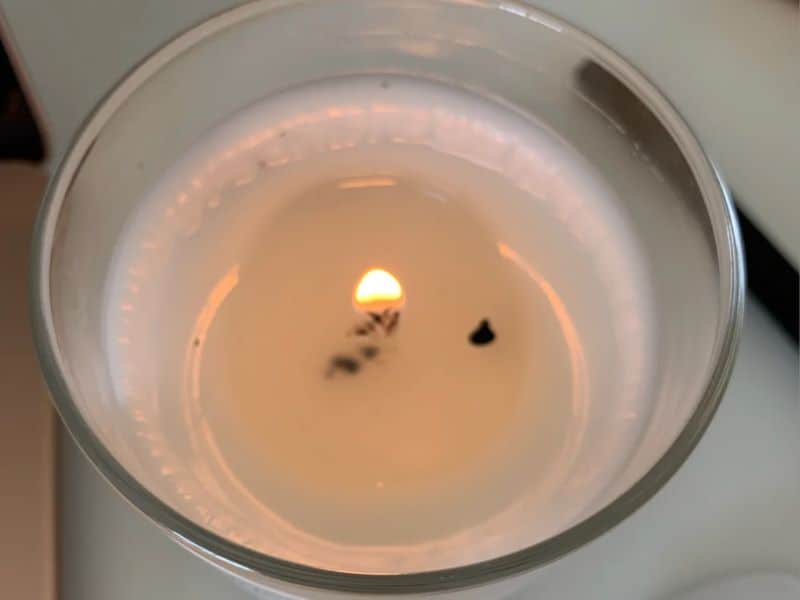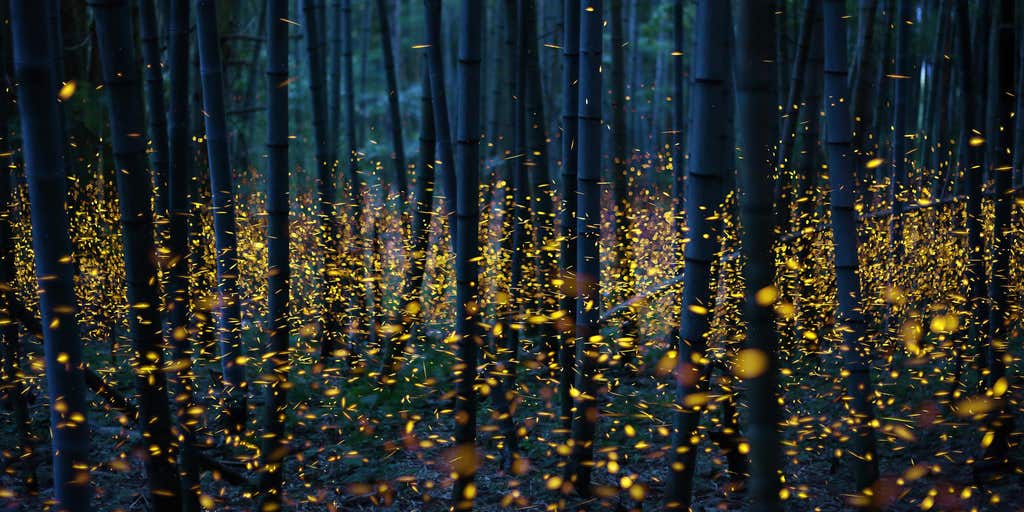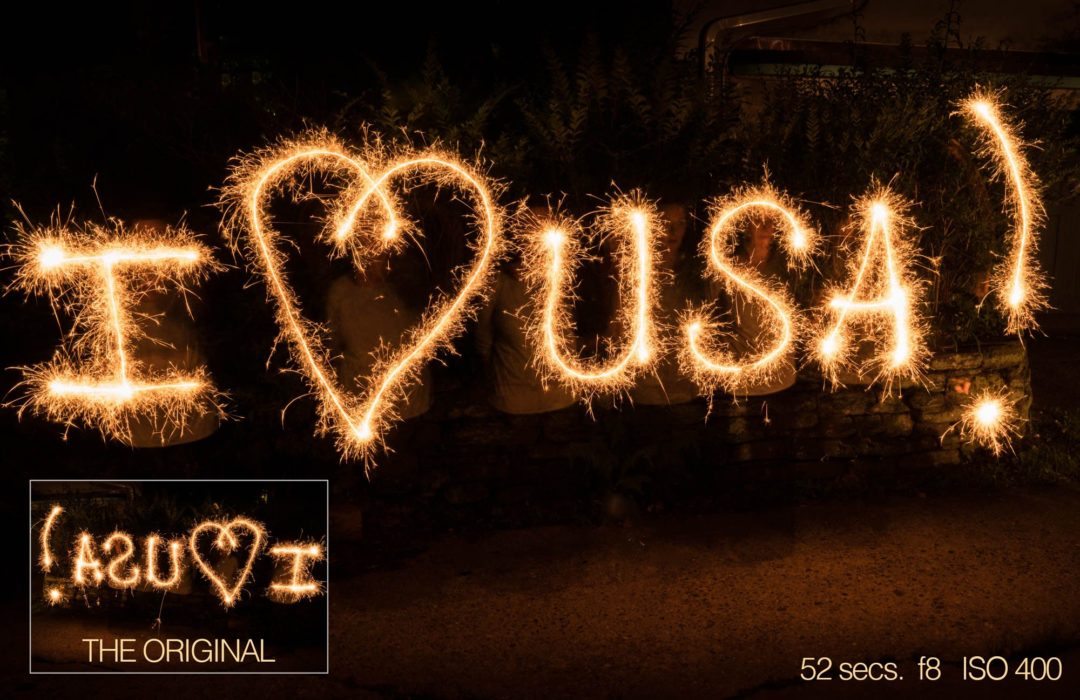Little Quick Fire Questions To Spice Up Your Next Meeting
Meetings can be a necessary evil. But they don't have to be boring. In fact, a little bit of fun can go a long way in making meetings more productive and enjoyable. One way to do this is to ask quick fire questions.
Quick fire questions are short, easy-to-answer questions that can help to get the conversation flowing and break the ice. They can be about anything, from work to personal interests. The goal is to get people talking and laughing, and to create a more relaxed and collaborative environment.
Here are a few examples of quick fire questions you can ask in your next meeting:
- What's your favorite thing about working here?
- What's your dream vacation?
- What's your hidden talent?
- What's your favorite book or movie?
- What's your favorite thing to do on the weekend?
- If you could have any superpower, what would it be?
- What's your favorite thing about your team?
- What's one thing you're looking forward to this week?
- What's one thing you're grateful for?
These are just a few ideas to get you started. The most important thing is to choose questions that are appropriate for your group and that will spark interesting and engaging conversations.
Asking quick fire questions can help to:
- Break the ice and get people talking
- Build rapport and team spirit
- Make meetings more fun and productive
- Discover new things about your colleagues
- Get to know your team members better
- Generate new ideas and perspectives
If you're looking for a way to spice up your next meeting, try asking some quick fire questions. You might be surprised at how much fun it can be.
Have you ever heard of "little quick fire"? It's a fascinating phenomenon that occurs when lightning strikes a tree and causes a small fire to start in the branches. The fire burns quickly and fiercely, but it's usually extinguished before it can spread to the ground.
Little quick fire is a relatively rare occurrence, but it can be quite destructive. In 2018, a little quick fire caused extensive damage to a forest in California. The fire burned for several days and destroyed over 100 acres of trees.
If you're interested in learning more about little quick fire, I recommend visiting . This website has a wealth of information about the phenomenon, including its causes, effects, and how to prevent it.
FAQ of little quick fire
- What is little quick fire?
Little quick fire is a type of hydrangea that is known for its early blooms. It is a smaller version of the Quick Fire hydrangea, growing to about 3-5 feet tall. Little quick fire blooms in shades of pink, red, and white, and its flowers are typically larger than those of the Quick Fire hydrangea.
- What is the difference between little quick fire and quick fire?
The main difference between little quick fire and quick fire is their size. Little quick fire is a smaller shrub, growing to about 3-5 feet tall, while quick fire can grow up to 6-8 feet tall. Little quick fire also blooms earlier than quick fire, typically in early spring.
- Where can I plant little quick fire?
Little quick fire is a hardy shrub that can be grown in USDA zones 4-9. It prefers full sun to partial shade and well-drained soil. Little quick fire is drought tolerant once established, but it does best with regular watering during the first year after planting.
- How do I care for little quick fire?
Little quick fire is a relatively low-maintenance shrub. It should be pruned in early spring to remove any dead or damaged branches. Little quick fire does not need to be fertilized often, but it may benefit from a light application of fertilizer in the spring.
- What are some pests and diseases that can affect little quick fire?
Little quick fire is generally resistant to pests and diseases. However, it can be susceptible to powdery mildew, especially in humid climates. If your little quick fire plant develops powdery mildew, you can treat it with a fungicide.





Post a Comment for " Little Quick Fire Questions To Spice Up Your Next Meeting"